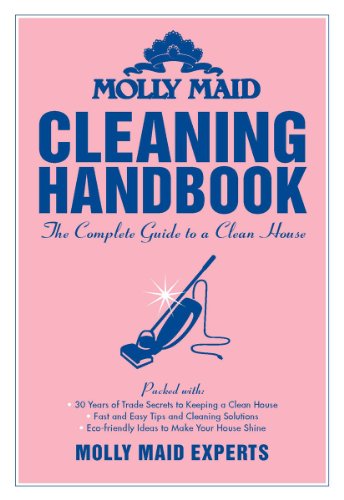
The gas fireplace and twinkly lights are aglow and your jazzy holiday playlist is just right. All your guests have arrived with their favourite bottled drinks and famous hors d’oeuvres. The festivities are officially in motion! Sooner than later, everyone will be milling around your kitchen. Unavoidably, eyes will fall upon your stovetop. Will it be gleam or scream? Don’t stress, we’ve got you covered with our quick no-stress stovetop cleaning plan.
Upgrade your Toolkit
Toolkit must-haves: six microfibre cloths, dishwashing soap, baking soda, an old toothbrush and a plastic razor blade. For stainless steel stoves, you’ll need a bottle of rubbing alcohol, and for enamel or glass stovetops, a bottle of concentrated lemon juice.
The Foolproof System
Remember, your guests won’t be looking inside your stove so all you need to focus on is the stovetop. If you’re more comfortable with unplugging your stove and turning off the gas connection, go right ahead!
Step 1: Fill the sink with hot water and dish soap.
- If you have a gas stove, remove gas burner grates and place them in bubble bath. If you have removable burner caps, remove those too and add them to the soapy bath.
- If you have a glass stovetop, you won’t need to remove any parts.
- If you have an electric stove, remove drip pans and add them to sink.
Step 2: Dunk your microfibre cloth in the sudsy water, wring out and begin to clear crumbs, drips and gunk off the stovetop. If you’re cleaning an electric stove, wipe the burner elements too. Once the entire surface is free of debris, it’s time to add the elbow grease.
Step 3: Pour a teaspoon of dish soap on your microfibre cloth and begin scrubbing your stovetop from left to right. Start with top left element, move to top right element, then to lower left element, and finally bottom right element. Stovetop will be soapy and you’ll be starting to sweat.
Step 4: If you tend to clean your stovetop after each meal, you won’t have much work to do. If you find there’s caked-on stuff that’s not budging, don’t ruin your nails by trying to pick away at the problem. Instead, use your plastic razor blade to scrape away debris.
- For sticky guck you’ll need to make some eco-scouring paste. In a small bowl, add four tablespoons of baking soda, a sprinkle of salt, and two tablespoons of water. Add paste anywhere you see guck on the stovetop. Leave for 10 minutes, then vigorously scrub with an old toothbrush.
- By now, your stovetop should be starting to look clean! Wipe away baking soda paste and any soap. Wipe down stovetop with a wet microfibre cloth that’s free of soap.
Step 5: Now it’s time to scrub the display panel. Use less scrubbing force here as the area around the digital clock and touch buttons are a lot more sensitive than the cooking surface. Again, just water and soap will do the trick.
Step 6: Wipe down stove door, handles and knobs.
Step 7: Have a peek at your range hood filters. If they’re a disaster, you’ll want to consider a deep clean.
Step 8: Buff your stovetop dry with a clean microfibre cloth.
Step 9: Time to remove fingerprints, smudges, and disinfect!
- If you’ve got a stainless steel stove, add a couple teaspoons of rubbing alcohol to a dry microfibre cloth. Rub the cloth on the stainless steel surface following the pattern of the grain. Either rub in circular motions to the right, or in circular motions to the left. If your dials have settings painted directly onto the steel, be sure to avoid any contact, as the rubbing alcohol can remove the paint.
- If you’ve got an enamel or glass stovetop, add a couple of teaspoons of concentrated lemon juice to a dry microfibre cloth. Rub away smudges and add the gleam!
Step 10: By now, gas burner grates, burner caps and drip pans have soaked long enough. Give them a quick scrub. Dry thoroughly. Then put them back in place. You’re done!
Now it’s time to bring out your clean or festive tea towels! HAPPY HOLIDAYS!
Photo by closewithcindy

